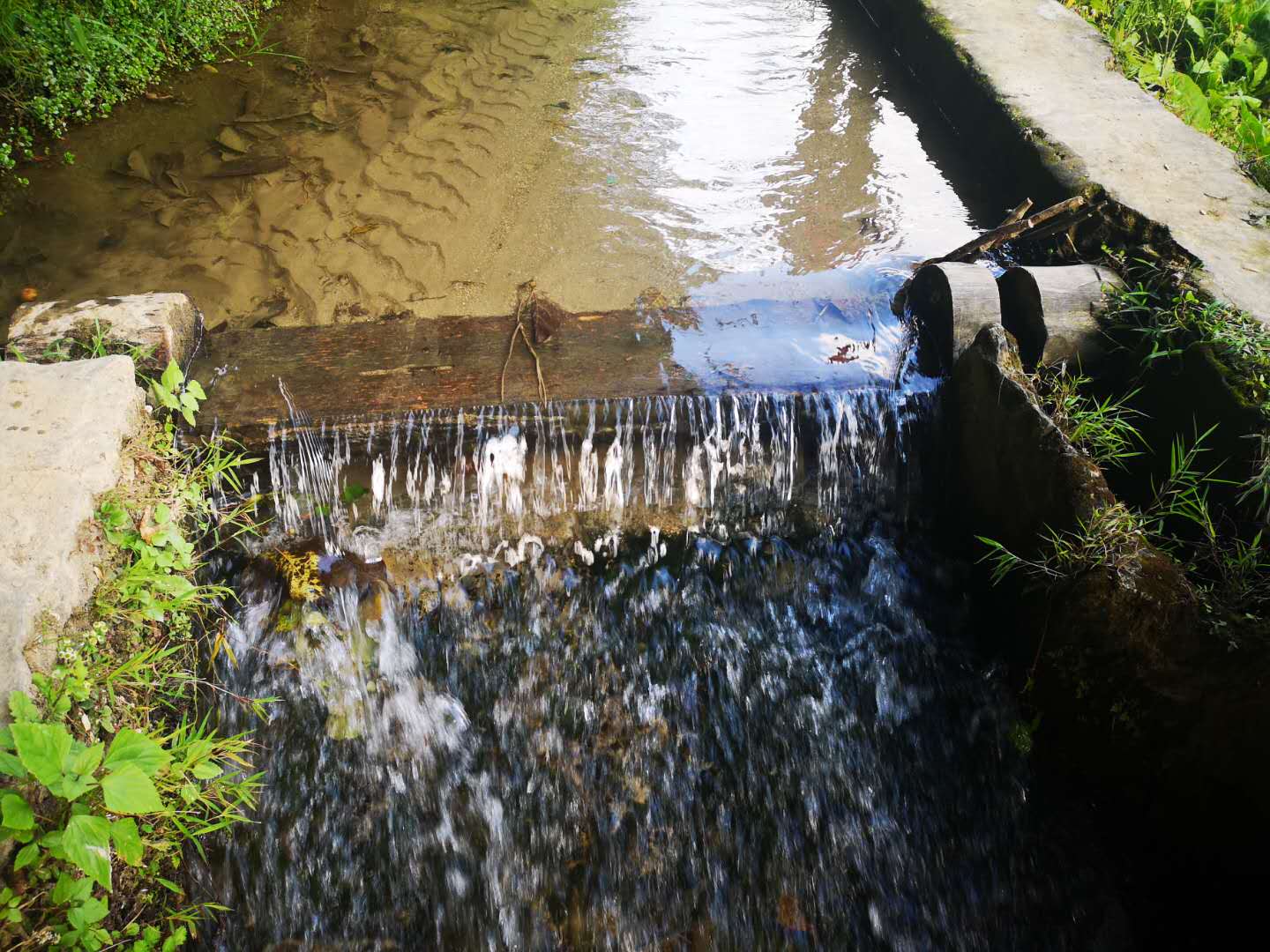


Water management is the core of the technology and culture in HHRT, including canals, distribution and regulation. The “water-wood” is a dynamic irrigation system based on equity and water level/water flow rate relationship. Hani people built trunk canals to retain water from the top of the mountain following topographic contours. According to the terrain, canals and branches were built vertically to channel water. To rationally allocate water, water-woods are located where terraces begin and in gentle slopes along the main vertical canals, which adjust water flow, direction and speed. Depending on the field size, each family gets adequate water. Water rights are guaranteed by the Water Committee in charge of managing canals and woods and solving disputes over water.
In Yakou, the abandonment of water-woods and canals aggravated the impacts of drought. Local managers communicated to villagers the importance of the water-wood system, and investigated why it was abandoned. The Water Committee was reorganized and a Water Chief, responsible for solving disputes and for the inspection and maintenance of the canals, was elected. A new water source was found and canals, channels and water-woods were restored systematically bringing back the water supply to the terraces.
- Maintenance of the vertical pattern of “Forest-Village-Terraces-Water system” or settlement pattern of “Forest-Terrace-Village-Water," whereby people share resources and follow a common management arrangement.
- Concepts of unified planning and rational distribution.
- Collaboration between government and local community organizations with skills and cultural awareness.
- Specialized management organization and regulations, such as transparent funding, equitable distribution, system of rewards and penalties.
- Integrity is an important principle for understanding the landscape, the agricultural system and its characteristics. The landscape and agricultural system are not simply composed of single elements, but these are connected in a logical way. Therefore, the recognition of the relationship between elements is the basis for research and conservation practice.
- The restoration of the water management system worked as a process of resolving disputes in the local community, especially water and farmland disputes. These disputes required and analysis of the situation of resource distribution and the reasons behind the frictions. Mutual understanding and tolerance help resolving problems and redistribute the resource rationally and objectively.